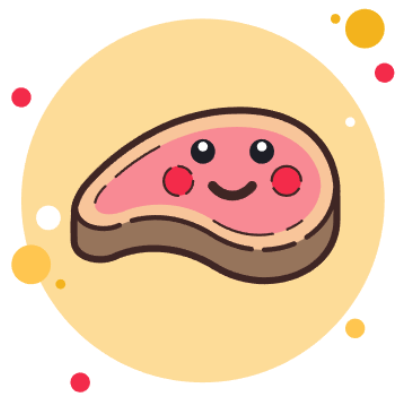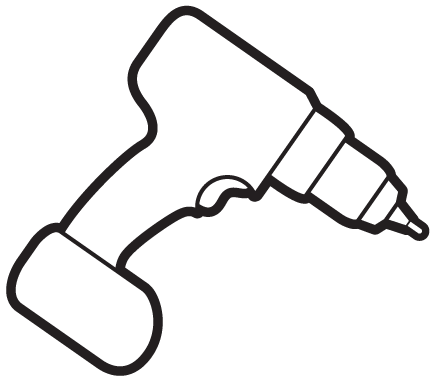Proteins in Depth
Protein in a nutshell

Most of the proteins your body needs are made inside the body, but nine of the approximately 20 amino acids can only be obtained through food. These nine are called essential amino acids. Proteins can be either complete and incomplete, depending on which essential amino acids they contain. Complete proteins have all 9 essential amino acids while incomplete only carry some of the nine. But it’s okay to eat incomplete too because when you combine certain incomplete proteins in the same meal, these complementary proteins will give you the equivalent of a complete protein. For example, when you eat the complementary proteins wheat bread and peanut butter, or beans and rice, it is just like eating a complete protein!
Although getting enough protein is not a concern for most Americans, getting the right kind of protein is important. That means making sure your protein has mostly unsaturated fats and other nutrients such as vitamins and minerals so your body gets all the beneficial components it needs. When you eat healthy proteins bundled with other important nutrients, your body will have what it needs to stay fit, avoid diseases, and maintain cells while building strong muscles.

Introduction
Protein is a macronutrient that plays a role in almost everything your body does. As your body performs its regular activities, cells are involved in a type of life-cycle of their own. As cells are used, leading to wear and tear, they need to be replaced or repaired…and protein is what helps make this happen! The body is actually full of proteins which are used to maintain your muscles, organs, and other tissues. Protein also helps with managing weight and reducing the risk of heart disease and diabetes. As you age, protein will help maintain muscle mass and healthy bone structure. Protein is an essential nutrient, or a nutrient that your body cannot create independently, helping your body restore itself while keeping it healthy and strong.
Amino acids
Though your body can make thousands of different types of proteins, there are about 20 amino acids that it uses to make new proteins. Nine of these 20 or so are called essential amino acids, that is, the body cannot make them itself and they must be obtained from food. Otherwise, your body is capable of making its own by breaking apart amino acids inside the body and reconstructing them into the new forms it needs. These other amino acids that your body can construct itself are called non-essential amino acids. As long as you eat enough foods with the essential and non-essential amino acids, your body will have all the building blocks it needs to make the necessary proteins.
Complete and incomplete proteins
Complementary foods
Getting the right amount of protein
Special protein needs
Protein and your health
Conclusion
Resources
- Duyff, R., (2017). ADA Complete Food and Nutrition Guide, 5th Edition. Boston, MA /New York, NY: Houghton Mifflin Harcourt.
- Rinzler, C., (2016). Nutrition for Dummies, 6th Ed. Hoboken, New Jersey: John Wiley & Sons, Inc.
- Quick start guide to nuts and seeds, (September 2019). Harvard Health.
- Thompson, J., Manore, M., Vaughan, L., (2014). The Science of Nutrition, 3rd Ed. Boston: Pearson Publishing, Inc.


